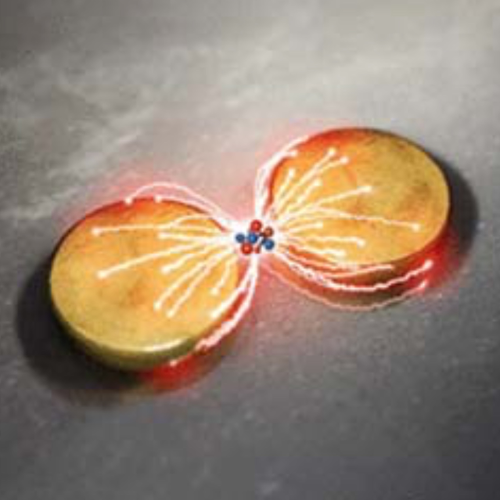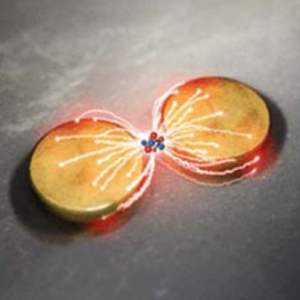Light-driven Assembly and Optical Manipulation of Active Colloidal Molecules
Falko Schmidt, Benno Liebchen, Hartmut Loewen & Giovanni Volpe
OSA Biophotonics Congress, Tucson (AZ), USA
16 April 2019
Active matter, consisting of self-propelled units locally injecting energy into the system, opens new horizons for the creation of functional soft materials with designable properties. Experiencing a constant energy input, allows active matter to self-assemble into phases with a complex architecture and functionality such as living clusters which dynamically form, reshape and break-up but would be forbidden in equilibrium material by the entropy maximization (or free energy minimization) principle. The challenge to control this active self-assembly has evoked widespread efforts typically hinging on an engineering of the properties of individual motile constituents. Here, we provide a different route, where activity occurs as an emergent phenomenon only when individual building blocks bind together, in a way which we control by laser light. Using experiments and simulations of two species of immotile microspheres, we exemplify this route by creating active molecules featuring a complex array of behaviors, becoming migrators, spinners and rotators. The possibility to control the dynamics of active self-assembly via light-controllable nonreciprocal interactions will inspire new approaches to understand living matter and to design active materials.
Session: Nanothermodynamics
8:00 AM–10:00 AM, Tuesday, April 16, 2019
Chair: Agnese Callegari; Bilkent University, Turkey

